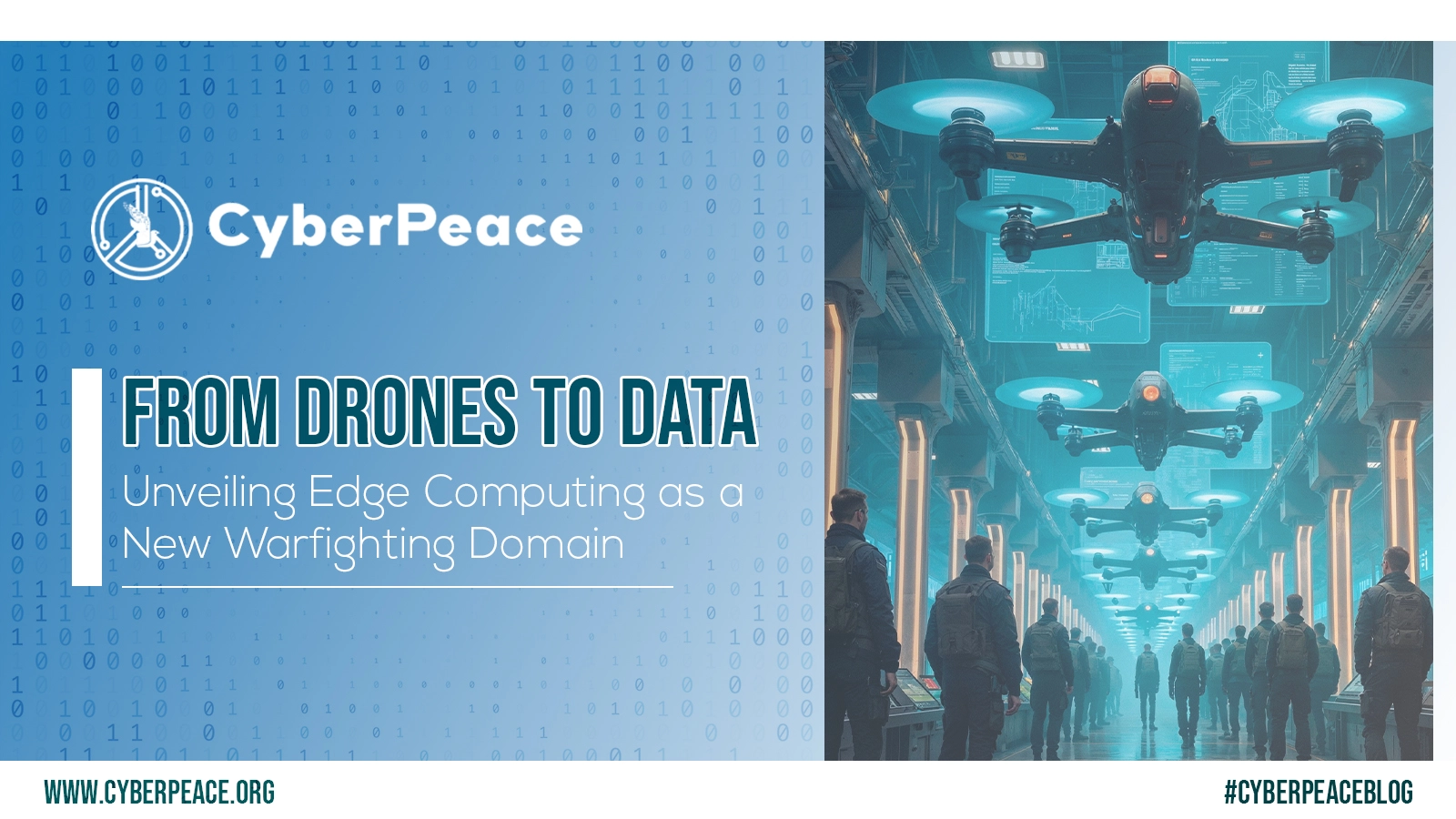Due Process in the Digital Space: A Closer Look at the IT Rules 2025 Amendment
Introduction
“an intermediary, on whose computer resource the information is stored, hosted or published, upon receiving actual knowledge in the form of an order by a court of competent jurisdiction or on being notified by the Appropriate Government or its agency under clause (b) of sub-section (3) of section 79 of the Act, shall not , which is prohibited under any law for the time being in force in relation to the interest of the sovereignty and integrity of India; security of the State; friendly relations with foreign States; public order; decency or morality; in relation to contempt of court; defamation; incitement to an offence relating to the above, or any information which is prohibited under any law for the time being in force”
Law grows by confronting its absences, it heals itself through its own gaps. The most recent notification from MeitY, G.S.R. 775(E) dated October 22, 2025, is an illustration of that self-correction. On November 15, 2025, the Information Technology (Intermediary Guidelines and Digital Media Ethics Code) Amendment Rules, 2025, will come into effect. They accomplish two crucial things: they restrict who can use "actual knowledge” to initiate takedown and require senior-level scrutiny of those directives. By doing this, they maintain genuine security requirements while guiding India’s content governance system towards more transparent due process.
When Regulation Learns Restraint
To better understand the jurisprudence of revision, one must need to understand that Regulation, in its truest form, must know when to pause. The 2025 amendment marks that rare moment when the government chooses precision over power, when regulation learns restraint. The amendment revises Rule 3(1)(d) of the 2021 Rules. Social media sites, hosting companies, and other digital intermediaries are still required to take action within 36 hours of receiving “actual knowledge” that a piece of content is illegal (e.g. poses a threat to public order, sovereignty, decency, or morality). However, “actual knowledge” now only occurs in the following situations:
(i) a court order from a court of competent jurisdiction, or
(ii) a reasoned written intimation from a duly authorised government officer not below Joint Secretary rank (or equivalent)
The authorised authority in matters involving the police “must not be below the rank of Deputy Inspector General of Police (DIG)”. This creates a well defined, senior-accountable channel in place of a diffuse trigger.
There are two more new structural guardrails. The Rules first establish a monthly assessment of all takedown notifications by a Secretary-level officer of the relevant government to test necessity, proportionality, and compliance with India’s safe harbour provision under Section 79(3) of the IT Act. Second, in order for platforms to act precisely rather than in an expansive manner, takedown requests must be accompanied by legal justification, a description of the illegal act, and precise URLs or identifiers. The cumulative result of these guardrails is that each removal has a proportionality check and a paper trail.
Due Process as the Law’s Conscience
Indian jurisprudence has been debating what constitutes “actual knowledge” for over a decade. The Supreme Court in Shreya Singhal (2015) connected an intermediary’s removal obligation to notifications from official channels or court orders rather than vague notice. But over time, that line became hazy due to enforcement practices and some court rulings, raising concerns about over-removal and safe-harbour loss under Section 79(3). Even while more recent decisions questioned the “reasonable efforts” of intermediaries, the 2025 amendment institutionally pays homage to Shreya Singhal’s ethos by refocusing “actual knowledge” on formal reviewable communications from senior state actors or judges.
The amendment also introduces an internal constitutionalism to executive orders by mandating monthly audits at the Secretary level. The state is required to re-justify its own orders on a rolling basis, evaluating them against proportionality and necessity, which are criteria that Indian courts are increasingly requesting for speech restrictions. Clearer triggers, better logs, and less vague “please remove” communications that previously left compliance teams in legal limbo are the results for intermediaries.
The Court’s Echo in the Amendment
The essence of this amendment is echoed in Karnataka High Court’s Ruling on Sahyog Portal, a government portal used to coordinate takedown orders under Section 79(3)(b), was constitutional. The HC rejected X’s (formerly Twitter’s) appeal contesting the legitimacy of the portal in September. The business had claimed that by giving nodal officers the authority to issue takedown orders without court review, the portal permitted arbitrary content removals. The court disagreed, holding that the officers’ acts were in accordance with Section 79 (3)(b) and that they were “not dropping from the air but emanating from statutes.” The amendment turns compliance into conscience by conforming to the Sahyog Portal verdict, reiterating that due process is the moral grammar of governance rather than just a formality.
Conclusion: The Necessary Restlessness of Law
Law cannot afford stillness; it survives through self doubt and reinvention. The 2025 amendment, too, is not a destination, it’s a pause before the next question, a reminder that justice breathes through revision. As befits a constitutional democracy, India’s path to content governance has been combative and iterative. The next rule making cycle has been sharpened by the stays split judgments, and strikes down that have resulted from strategic litigation centred on the IT Rules, safe harbour, government fact-checking, and blocking orders. Lessons learnt are reflected in the 2025 amendment: review triumphs over opacity; specificity triumphs over vagueness; and due process triumphs over discretion. A digital republic balances freedom and force in this way.
Sources
- https://pressnews.in/law-and-justice/government-notifies-amendments-to-it-rules-2025-strengthening-intermediary-obligations/
- https://www.meity.gov.in/static/uploads/2025/10/90dedea70a3fdfe6d58efb55b95b4109.pdf
- https://www.pib.gov.in/PressReleasePage.aspx?PRID=2181719
- https://www.scobserver.in/journal/x-relies-on-shreya-singhal-in-arbitrary-content-blocking-case-in-karnataka-hc/
- https://www.medianama.com/2025/10/223-content-takedown-rules-online-platforms-36-hr-deadline-officer-rank/#:~:text=It%20specifies%20that%20government%20officers,Deputy%20Inspector%20General%20of%20Police%E2%80%9D.








